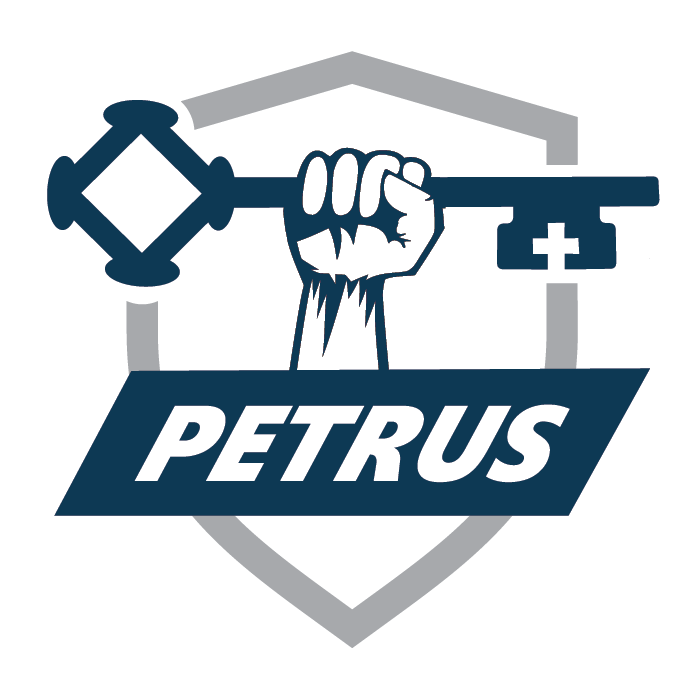Should I upgrade to hail-resistant shingles?

The quick answer: “Yes, you should upgrade to hail resistant shingles.” The reason that we recommend upgrading to impact resistant shingles (IR shingles) when you replace your roof is two-fold. #1 – When you curb hail damage, you curb damage to your home. Simply put, IR shingles minimize the effect of hail. How can hail […]

